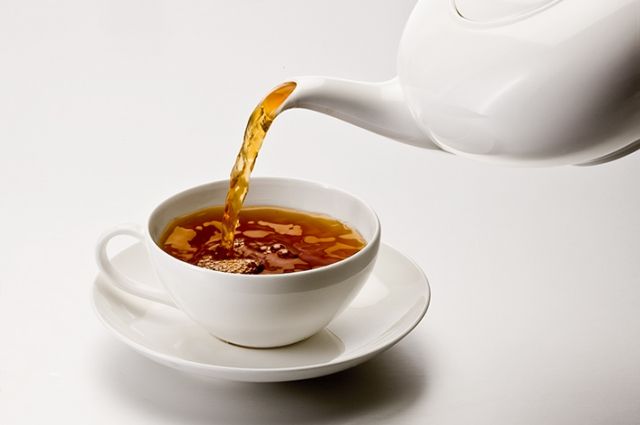According to the Tea Association of the U.S.A., Inc., The State of the U.S. Tea Industry 2019-20, “Import volumes into the USA were mixed 2019. Both Green and Black volumes were down in the first half of the year by -4.9% and -3.9% respectively. However, as the year progressed, imports gained back some of the losses. Ultimately the year ended with Black Tea down on 1.7% and Green Tea was up 2.0%.
“While total volume imports were down some 1.1% vs. 2018, consumption of tea in the U.S. continues strong in most tea categories and across all demographics. Green tea showed year-on-year strength with Green Tea now representing ~ 15.0% of total imports. Additionally, the dollar value of tea imports increased year over year vs. 2018.”
U.S. Imports from World Total by 5-digit End-Use Code, 2010 - 2019
check out the Information on the Collection and Publication of Trade Statistics.
Source: 2018 County Business Patterns (CBP).
TableID: CB1800CBP, All Sectors: County Business Patterns by Legal Form of Organization and Employment Size Class for U.S., States, and Selected Geographies: 2018, NAICS 31192: Coffee and tea manufacturing
Source: 2018 Annual Survey of Manufactures (ASM).
TableID: AM1831BASIC01, Annual Survey of Manufactures: Summary Statistics for Industry Groups and Industries in the U.S.: 2018, showing these 4 Codes:
NAICS 31-33, Manufacturing
NAICS 311, Food manufacturing
NAICS 3119, Other food manufacturing
NAICS 311920, Coffee and tea manufacturing
Source: 2017 Economic Census. The U.S. Census Bureau will release 2017 Economic Census statistics from September 2019 through 2021.
TableID: EC1731BASIC, Manufacturing: Summary Statistics for the U.S., States, and Selected Geographies: 2017, see NAICS 31192, Coffee and tea manufacturing, showing the 4 Codes above.
“While total volume imports were down some 1.1% vs. 2018, consumption of tea in the U.S. continues strong in most tea categories and across all demographics. Green tea showed year-on-year strength with Green Tea now representing ~ 15.0% of total imports. Additionally, the dollar value of tea imports increased year over year vs. 2018.”
Key Stats:
From Business & Industry > Foreign Trade > U.S. International Trade Data:U.S. Imports from World Total by 5-digit End-Use Code, 2010 - 2019
check out the Information on the Collection and Publication of Trade Statistics.
More Stats:
From Business & Industry > Foreign Trade > U.S. International Trade Data: Country by 5-digit End-Use Code, Annual totals, 2010 - 2019- U.S. Imports by 5-digit End-Use Code, 2009–2018, click World Total, see End-Use Code 00170: Tea, spices, etc.
- Total Imports from All Countries, Download Full Dataset, see End-Use Code 00170: Tea, spices, etc. [1.7 MB]
- USA Trade Online, the Official Source of Trade Statistics. (FREE to all users.)
Source: 2018 County Business Patterns (CBP).
TableID: CB1800CBP, All Sectors: County Business Patterns by Legal Form of Organization and Employment Size Class for U.S., States, and Selected Geographies: 2018, NAICS 31192: Coffee and tea manufacturing
Source: 2018 Annual Survey of Manufactures (ASM).
TableID: AM1831BASIC01, Annual Survey of Manufactures: Summary Statistics for Industry Groups and Industries in the U.S.: 2018, showing these 4 Codes:
NAICS 31-33, Manufacturing
NAICS 311, Food manufacturing
NAICS 3119, Other food manufacturing
NAICS 311920, Coffee and tea manufacturing
Source: 2017 Economic Census. The U.S. Census Bureau will release 2017 Economic Census statistics from September 2019 through 2021.
TableID: EC1731BASIC, Manufacturing: Summary Statistics for the U.S., States, and Selected Geographies: 2017, see NAICS 31192, Coffee and tea manufacturing, showing the 4 Codes above.
Outside Links:
- Boston Tea Party Historical Society
- International Tea Committee
- Tea Association of the U.S.A., Inc.
- U.S. Department of Agriculture, FoodData Central: TEA
- U.S. Department of Agriculture, U.S. Food Imports: See Coffee, tea, and spices; click “CoffeeT” page tab to see by country and by Tea and mate.

No comments:
Post a Comment